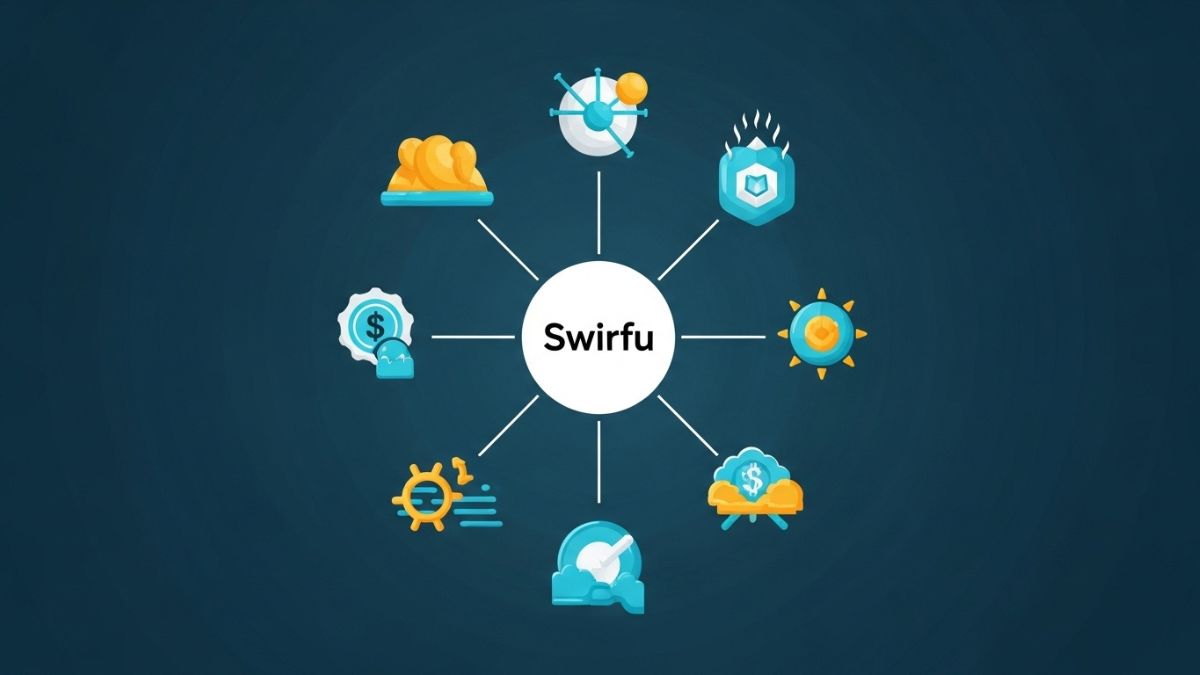Antennino is an open-source smart antenna system designed primarily for robotics, IoT (Internet of Things), and embedded applications. Developed to offer intelligent signal direction and enhanced wireless communication, Antennino merges hardware simplicity with software flexibility. It’s a game-changer for makers and hobbyists seeking to boost the reliability of wireless projects.
Why Antennino Is a Game-Changer
Wireless communication is the backbone of modern IoT and robotics. Most systems rely on fixed antennas, which can cause signal issues in complex environments. Antennino addresses this by integrating directional antenna capabilities into a compact module, providing better signal strength, less interference, and adaptive communication for various tech projects.
Core Components of the Antennino System
Antennino consists of a rotating directional antenna mounted on a servo motor and controlled by a microcontroller, typically an Arduino. The antenna can scan 360 degrees, adjusting its direction based on signal strength. This smart mechanism enhances both range and clarity in data transmission.
How Antennino Improves Signal Accuracy
Unlike omnidirectional antennas that send and receive signals in all directions, Antennino’s focused beam pinpoints signal sources. This minimizes interference and strengthens connections. For environments filled with signal noise—like labs, industrial spaces, or cities—Antennino offers precision that’s hard to match.
Applications in the IoT Ecosystem
Antennino fits right into the IoT landscape. Smart homes, agricultural sensors, weather stations, and city infrastructure can all benefit. By directing communication accurately, Antennino ensures devices stay connected even in congested or remote environments.
Benefits in Robotics and Automation
Robots often move in unpredictable ways, creating connection challenges. Antennino rotates to follow the robot’s movement or adjust based on control feedback, ensuring reliable communication at all times. In swarm robotics, where multiple bots interact, Antennino keeps data flow smooth and uninterrupted.
Easy Integration with Arduino Boards
One of the biggest draws is its compatibility with Arduino. Hobbyists and professionals alike can plug Antennino into existing projects with minimal effort. Pre-written libraries and open-source code reduce development time and allow users to customize the antenna’s behavior.
How Antennino Uses RSSI for Positioning
Antennino utilizes RSSI (Received Signal Strength Indicator) to evaluate the signal power from a particular direction. It rotates the antenna until it finds the highest RSSI value, locking into that orientation to maintain the strongest connection. This smart scanning mechanism is key to its performance.
Building a DIY Antennino Setup
Creating your own Antennino system isn’t overly complex. All you need is a servo motor, a directional antenna, an Arduino board, and some basic wiring. With online guides and schematics available from the community, you can have a working prototype within hours.
Power Consumption and Efficiency
One might think that rotating antennas would consume a lot of power, but Antennino is surprisingly efficient. The servo only moves during scanning, remaining idle when a strong signal is detected. This makes it perfect for battery-operated devices like remote sensors or mobile robots.
Adapting Antennino for Long-Range Communication
With the right antenna (e.g., Yagi or patch), Antennino can support long-distance data transmission. This makes it useful for applications like drone telemetry, cross-building communication, and rural IoT setups where conventional Wi-Fi or Bluetooth fails.
Limitations to Consider
Despite its strengths, Antennino has limitations. Mechanical movement introduces potential wear and tear over time. It may also introduce latency during signal search. However, for most non-critical applications, the benefits far outweigh the downsides.
Community Support and Open-Source Libraries
Being open-source, Antennino benefits from a strong maker community. Users share improvements, bug fixes, and project demos regularly. Platforms like GitHub host libraries, firmware updates, and user guides that help both beginners and advanced developers get started quickly.
Future Upgrades and Possibilities
The future of Antennino includes potential features like machine learning-based direction prediction, faster servo systems, and support for multiple antenna types. As IoT and robotics evolve, so will the Antennino ecosystem, promising even smarter, more autonomous connectivity solutions.
Real-World Project Examples
Antennino has already been tested in projects like autonomous rovers, environmental monitoring stations, and drone ground control systems. In all these cases, it boosted performance by ensuring consistent, strong connections in unpredictable terrains or busy airwaves.
Why Hobbyists and Educators Love Antennino
Antennino is not just for professionals. Makers, students, and teachers appreciate its hands-on learning value. It teaches principles of wireless communication, signal analysis, and hardware-software interaction in an engaging, interactive way.
How Antennino Supports Network Hopping
In multi-node setups like mesh networks, Antennino can dynamically point to different nodes, strengthening the overall network. This is particularly useful for sensor networks spread across large areas, where one weak link could bring everything down.
Affordable Solution for Complex Problems
What sets Antennino apart is its affordability. For a small investment in hardware and time, you get a sophisticated solution that can drastically improve wireless performance. It’s a cost-effective answer to challenges often solved with expensive commercial gear.
Conclusion
Antennino brings intelligence and flexibility to the world of antennas. Whether you’re tinkering with IoT devices, building robots, or setting up a sensor network, this smart antenna system delivers powerful results. With open-source support, Arduino compatibility, and real-world practicality, Antennino is paving the way for smarter, stronger wireless connections in the DIY and professional world.
FAQs
What is Antennino mainly used for?
Antennino is used for improving wireless communication in robotics, IoT, and embedded systems through smart directional antennas.
Can I build an Antennino myself?
Yes, it’s an open-source project that you can build with basic components like a servo, directional antenna, and Arduino.
How does Antennino find the best signal direction?
It uses RSSI to scan different directions and lock onto the one with the strongest signal.
Does Antennino work with Wi-Fi and Bluetooth?
Yes, it can enhance Wi-Fi and Bluetooth communication when paired with compatible directional antennas.
Is Antennino suitable for educational projects?
Absolutely. Its open-source nature and ease of use make it ideal for teaching wireless communication and robotics concepts.











